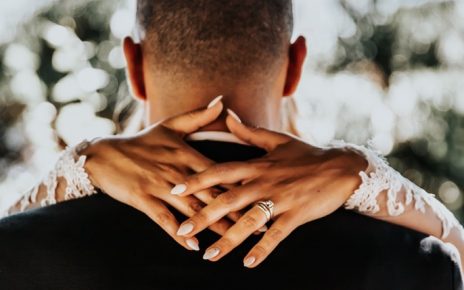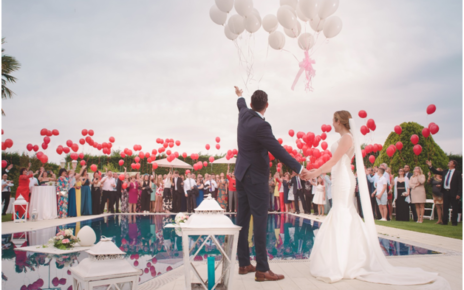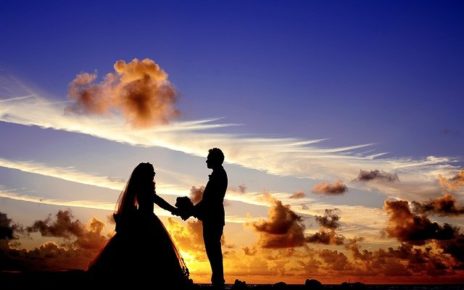When you think of a diamond, the first image that probably springs to mind is a sparkling, clear jewel. But did you know there are a variety of different natural diamond colors you can choose from?
Here, we’ll explore the different shades of diamonds that are available to you and what makes them so special.
How are natural colored diamonds formed?
Although we can create colored diamonds in laboratories, natural colored diamonds are created in the Earth’s mantle (between the crust and the core). Extreme heat and pressure force carbon atoms together to form crystals, and these are then pushed to the surface via massive volcanic eruptions.
According to an article by the National History Museum, various geological environments and formation anomalies give certain stones their color. For example, red diamonds are believed to be created due to changes in the electron composition as the stone travels to the surface. On the other hand, green diamonds get their shading from natural radiation in neighboring rocks, and brown diamonds are made because of nitrogen elements in the stone along with structural faults.
Interested in finding out more? There are also excellent diamond color graded scales for you to check out.
What different shades are there?
Natural colored diamonds of all kinds of beautiful hues have been mined over many years. Generally, their shades fall into these colors:
- Brown
- Yellow
- Orange
- Green
- Blue
- Black
- Red
- Pink
- Purple
- Grey
‘Fancy’ colored diamonds describe any stone that has a shade beyond the normal D-to-Z color scale of clear (or nearly clear) diamonds. If this hue is very strong, they will likely adopt the name ‘Vivid’ (e.g. ‘Fancy Vivid Yellow’).
‘Vivid’ colored diamonds are exceptionally rare, more so than their paler counterparts, which makes them very special, valuable and expensive.
Why are they popular?
So, what makes colored diamonds special? We’ve noted above that colored diamonds are found naturally. But it takes ideal situations and very particular changes in the natural diamond formation process to get a colored diamond. Especially rare ones like vivid reds, blues and pinks.
As sites like Pricescope describe, due to how uncommon they are, there aren’t many to go around, which makes them very special. Factor in the rise of individual style and the idea that many people now go for quirky fashion featuring one-off accessories, and you get high demand for a rarely-found item.
A dash of ‘celebrity’ also makes natural colored diamonds special. For example, the famous blue Hope Diamond has been revered for centuries and now sits at the Smithsonian Institution in Washington DC. Similarly, the Pink Star Diamond set a global record when it was sold at a Sotheby’s auction in New York. And finally, the Tiffany Yellow Diamond became world-renowned when it was used in Breakfast at Tiffany’s with Audrey Hepburn.
Essentially, a mix of rareness, beauty, fame, in vogue styles, and supply-and-demand all help make natural colored diamonds special.
Are they expensive?
Not every colored diamond costs more than the iconic, clear stone. However, their scarcity and market appeal mean that they are generally expensive items.
Have your heart set on one? Grey, yellow and brown varieties are the most affordable, while orange, pink and green are likely to cost you more, and red or blue have the highest price tags.
If you like what you’ve read about natural colored diamonds, look around to see if any catch your eye. You could find your favorite shade within your budget.





